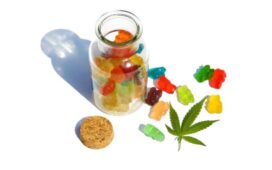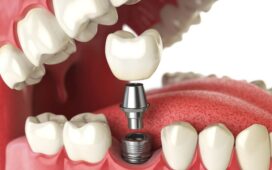Every person, including children, can experience tooth sensitivity. Because of tooth sensitivity, a child’s eating pattern may change because of the tenderness and pain they feel when they consume certain foods. Often, tooth sensitivity can be prevented and is easy to treat, saving your child from discomfort. If your kid is showing signs of pain or discomfort when they eat, it may be due to an underlying reason. You may want to take your child to a Fairfield, ME family dentistry that can evaluate your child’s mouth and give them appropriate treatment.
Understanding Tooth Sensitivity
Teeth sensitivity is the pain you feel whenever you consume ice cream, enjoy some sweets, or drink hot coffee. This occurs as your dentin, the teeth’s spongy tissue, becomes exposed and is subjected to stimulation. When the enamel that covers the microscopic tubules in dentin is removed, the tubules suffer from sensitivity to stimuli. There are many reasons the enamel can wear down, such as a cavity, a chipped tooth, or gum disease.
Why Children Experience Tooth Sensitivity
Tooth sensitivity is common in both adults and children. If your child cracks a tooth or gets a new tooth, their dentin may be exposed and causes sensitivity. The most common cause of tooth sensitivity in kids include the following:
- Brushing habits. It is important to brush one’s teeth two times every day. If your child doesn’t brush their teeth properly, food particles will get stuck in their teeth, irritating their teeth and gums can causing sensitivity.
- Cavities and decay. Cavities are small portions of tooth decay on the surface of the tooth. Eventually, cavities can grow and penetrate the internal layers of the teeth, exposing the delicate pulp. Also, the enamel can weaken because of tooth decay, leading to sensitivity to cold and hot temperatures.
- Enamel erosion. A lot of what you put in your mouth can wear down your tooth enamel. These include acidic fruit juices and sugary foods. Also, teeth grinding and clenching can erode enamel. Enamel erosion can leave the dentin and pulp open to external stimuli.
- Fillings. While fillings are used for replacing decayed portions of teeth, they can crack or come loose over time, revealing the tooth’s inner layers. Kids who consume something crunchy and gummy can have their fillings damaged or come loose.
- Adult teeth. As your child’s adult teeth come in, they force out their baby teeth. As a result, your child may need to use one side of the teeth more frequently than the other while letting their old teeth out completely.
















